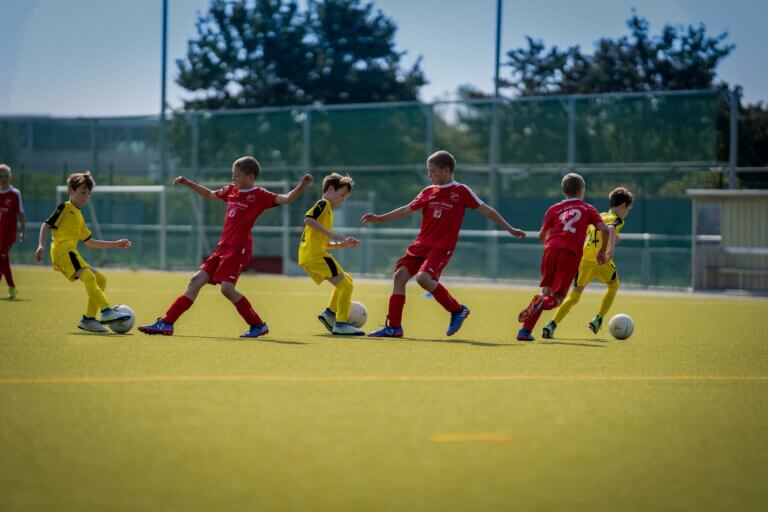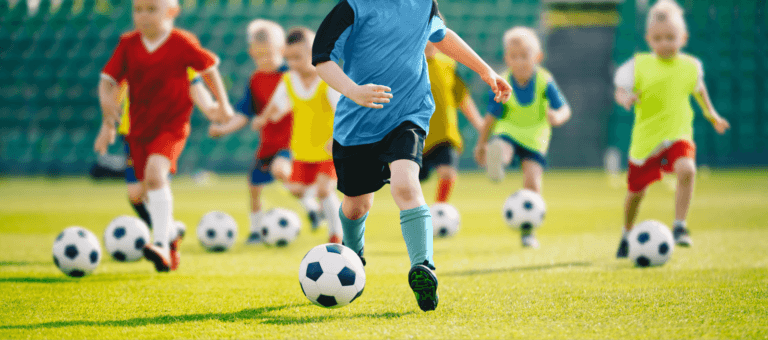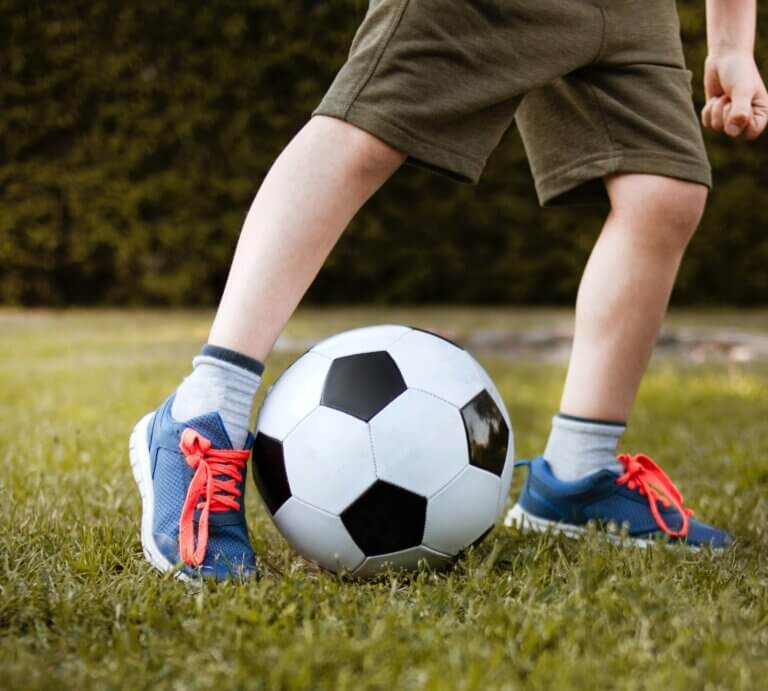
Football, known as soccer in some countries, is more than just a game; it’s a passion that unites people across the globe. For young players, developing fundamental skills early is crucial for their growth in the sport. This article explores some of the best football drills designed to enhance the abilities of young players, focusing on technical skills, tactical understanding, and physical fitness, all while ensuring the game remains fun and engaging.
1. Dribbling Drills
- Cone Dribbling: Set up a line of cones and have players dribble the ball through them. This drill improves close ball control, agility, and coordination. To add variety, change the layout of the cones to include zig-zags or circles.
- Pressure Dribbling: Pair up players, with one acting as the attacker and the other as the defender. The attacker must dribble the ball while the defender applies light pressure. This teaches players to maintain control under pressure.
2. Passing Drills
- Triangle Passing: Set up groups of three players in the shape of a triangle. Players pass the ball to each other, focusing on accuracy and timing. This drill develops spatial awareness and teamwork.
- Wall Pass Drill: In pairs, players pass the ball to each other and then move to another position. This drill teaches the importance of movement after passing and helps improve passing accuracy and timing.
3. Shooting Drills
- Target Practice: Set up targets in the corners of the goal. Players take turns shooting at these targets from outside the penalty box, improving their accuracy and power.
- Penalty Shootout: Regular practice of penalty kicks can help young players handle pressure situations and refine their shooting technique.
4. Defensive Drills
- One-on-One Defending: Pair players up, with one as the attacker and the other as the defender. The defender must prevent the attacker from scoring. This drill enhances tackling skills and defensive positioning.
- Group Defense: Have a small group of players defend against attackers. This teaches teamwork in defense and how to communicate effectively on the field.
5. Physical Conditioning
- Sprint and Jog: Intervals of sprinting and jogging around the field build endurance and speed.
- Agility Ladder: Using an agility ladder, have players perform various exercises to improve footwork and agility.
6. Game Understanding and Positional Play
- Mini-Matches: Playing small-sided games helps young players understand different positions and the dynamics of the game.
- Position-Specific Drills: Tailor drills to specific positions (e.g., goalkeepers, defenders, midfielders, strikers) to teach the roles and responsibilities of each position.
Implementing these drills in training sessions can significantly enhance the skill set of young football players. The key is to maintain a balance between rigorous training and ensuring the game remains enjoyable. Encouraging teamwork, discipline, and a love for the game will not only develop better football players but also individuals who appreciate the value of hard work and sportsmanship.








